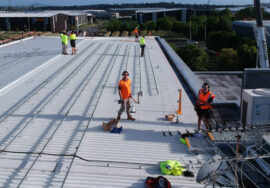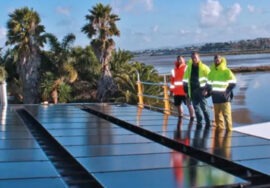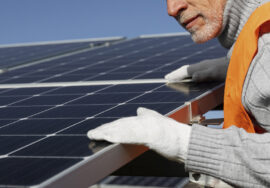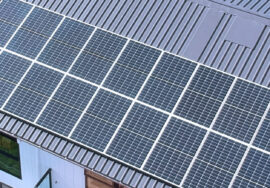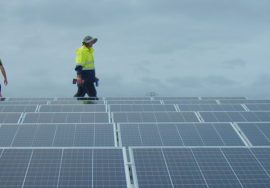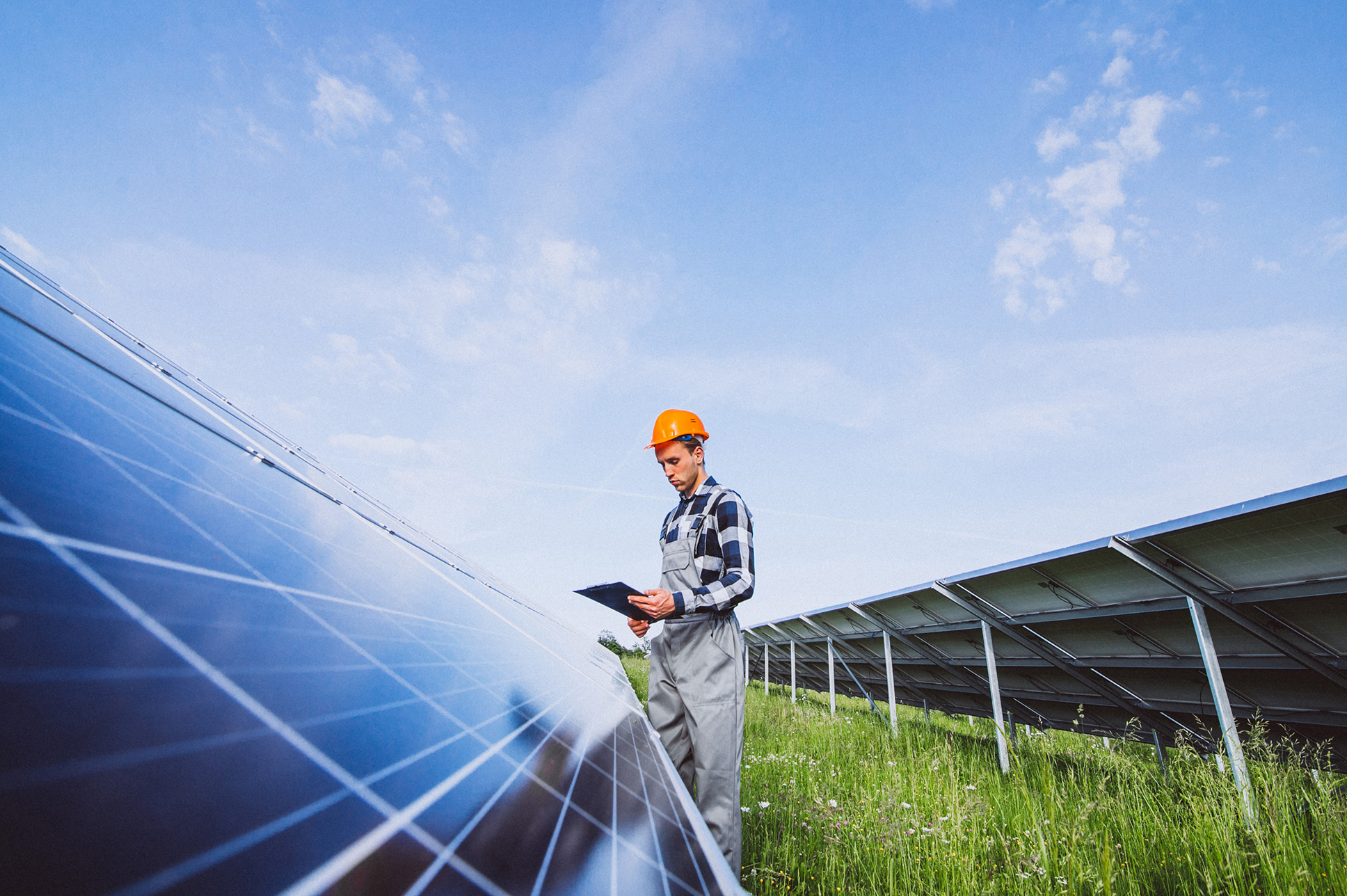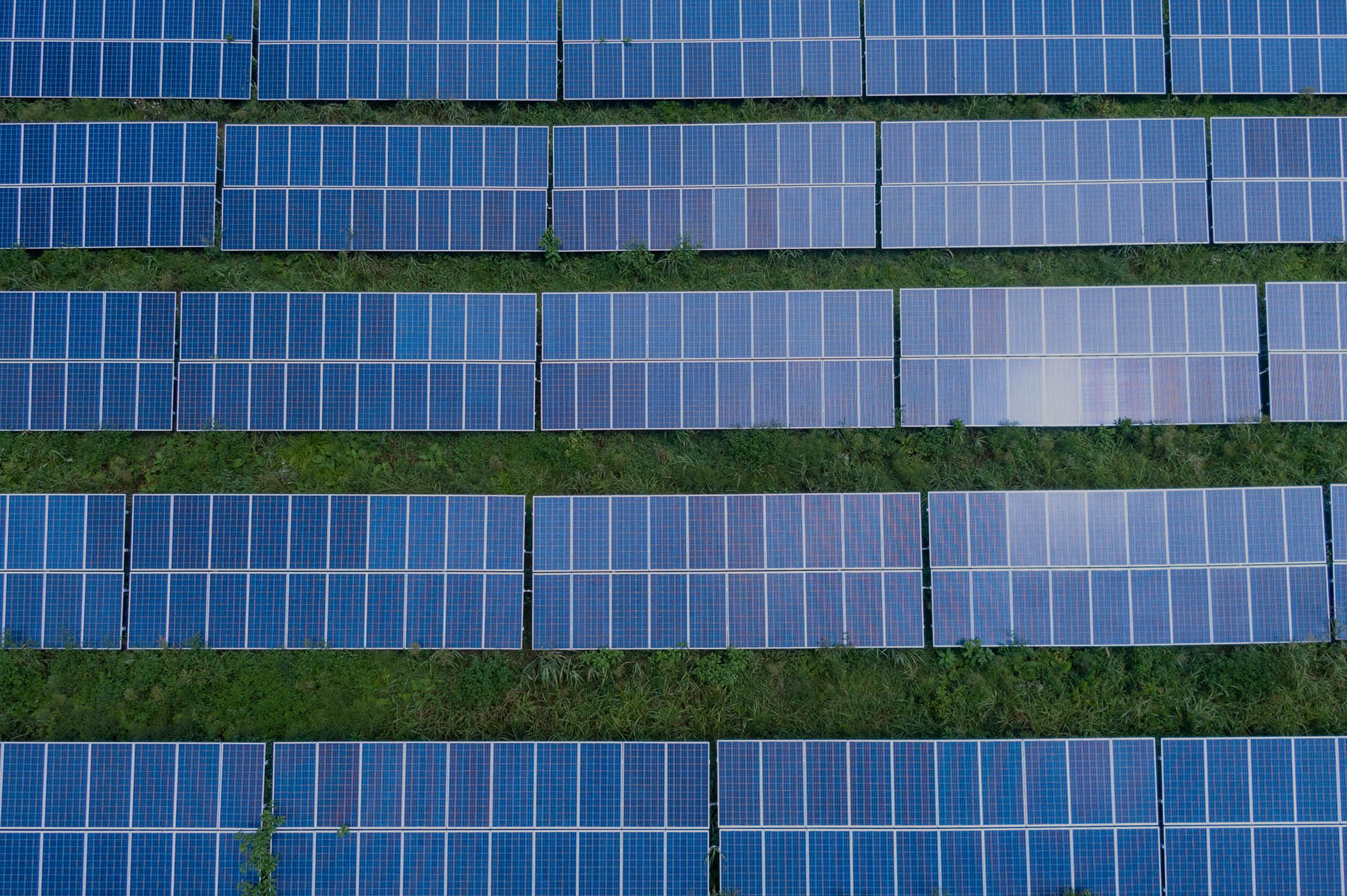
Price of Solar Energy in New Zealand
#writtenbyTrilectsolar#solarPPA #commercialsolar #solarpanels
Solar energy has become the talk of the century as the world, as everyone New Zealand included has started transitioning from using fossil fuel as its primary energy source to solar.
There has been a huge shift in energy production methods in the past 15 years especially in the case of developed countries where governments are striving to reduce their carbon emissions to reach their environmental goals; because of which they have also been encouraging individuals to change their lifestyle to help lower emissions and the leading focus has been on solar energy.
The question is- what costs are associated with pursuing solar panels for electricity generation and considering these associated costs when is the right time to jump on the solar train?
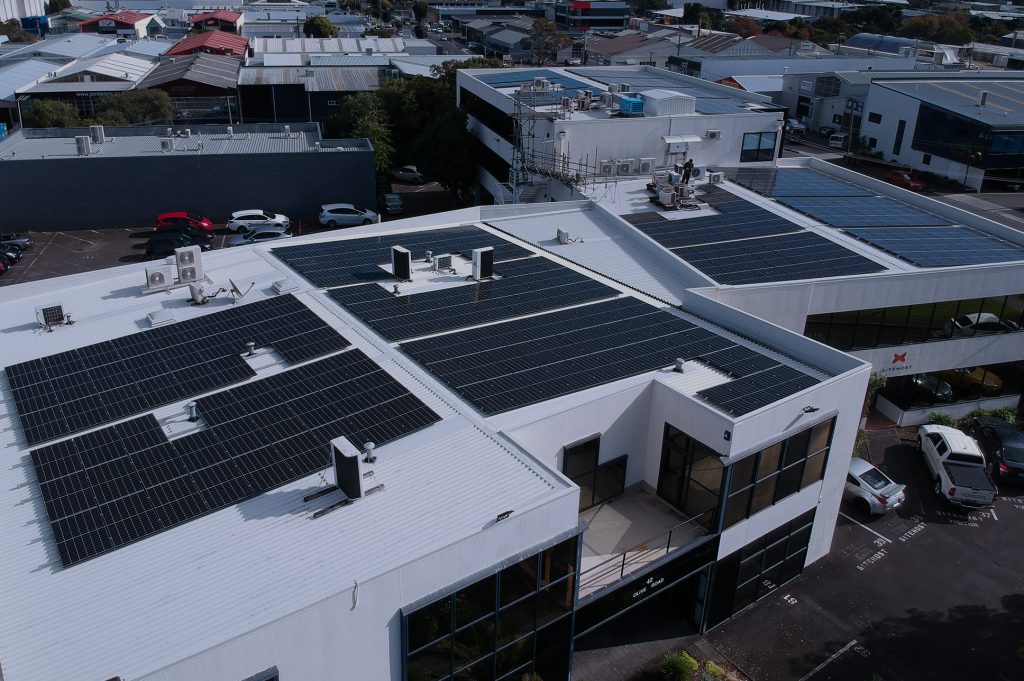
Why go solar?
Firstly, let’s take a look at the advantages of using of converting to solar energy. The first and most obvious advantage, investing in a solar panel would bring would be a reduction in your utility bills, for a very long period of time. On top of that many countries have already started issuing tax credits to individuals that have transitioned to solar energy as a means to motivate more people.
Secondly, if you have the financial luxury, you can also enjoy grid independence, control, and management of your electricity production with ease by simply investing in backup batteries and management systems.
You may also receive monetary benefits by selling your excess electricity to the grid as well! Additionally, if you are conscious about your carbon footprint, by using solar panels, you can generate clean energy and reduce your carbon footprint as well.
Finally, an incentive for investors is that if you desire to sell or rent out your property, solar panels are estimated to increase the value of your property by 1.5 times its original value!
Investing in solar energy is skeptical for everyone at the beginning as it demands quite a lot and the time of payback and return is uncertain to many people. However, through low utility bills and other incentives, one can save large amounts of money and receive their returns on the investments within 10 years.
A user’s payback or return also depends upon their solar energy consumption. The more solar energy one consumes relative to the grid-based energy, the more a person saves and the quicker the user is able to receive the payback on their energy systems.
Consider a low or average energy consumer, if this consumer relies on only 20% solar energy for his total energy usage, then he can save around $550 in the first year and can pay back his solar expenses in approximately 17 years. However, if he raises his solar energy dependency to 80%, the same consumer will save twice the amount and can reduce its payback years to only 8.5 years. Similarly, a high-level energy user would save up to $800 in his first year while using only 20% solar energy and $1600 if he utilizes 80% of his solar energy to meet his demands.
Henceforth, the more one depends upon solar energy for their electricity needs, the faster will be the rate at which they receive their returns.
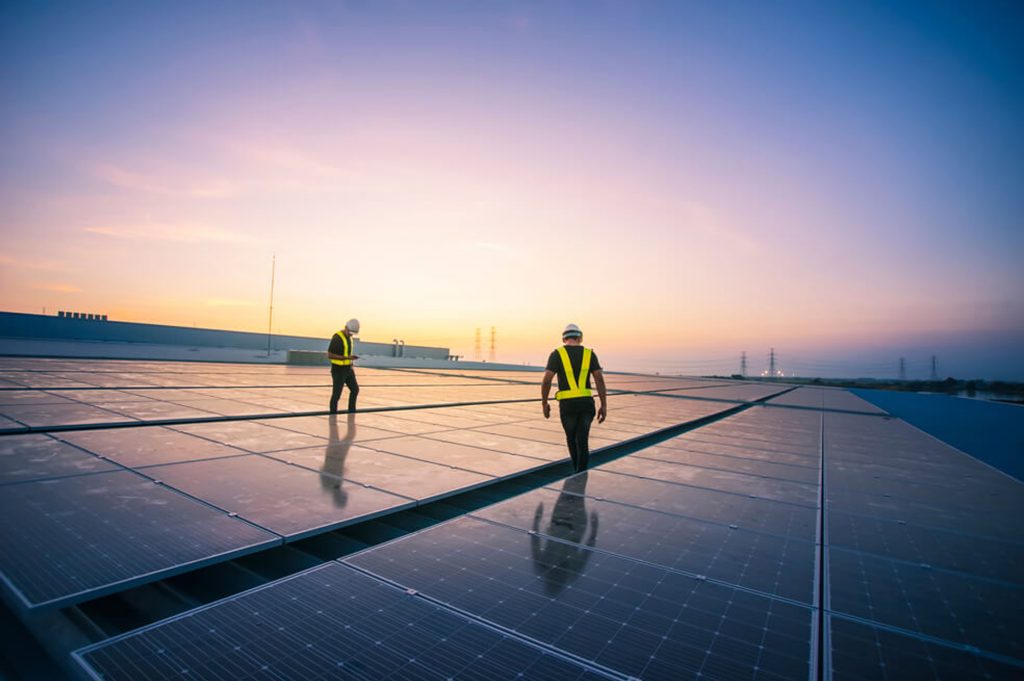
How much does a solar panel cost?
The good news is that the price of solar panels is lower than ever, and in fact are expected to reduce in the future as well.
This low price can be attributed to a number of things; the abundance of silicon, the high efficiencies of the products, and better technology. Nevertheless, the cheap price of solar panels is a major reason why people have seriously started their shift to renewable energy conversion. And with millions of dollars being invested on the research of solar panels the technological cost and solar panels efficiency have improved exponentially.
Certain costs are involved even before one actually makes a solar purchase. These costs include time costs and information costs. The time involved in gaining relevant information regarding what solar panel would be the best fit for the customer, whether the investment in solar energy would bring the return and if so, when will the returns be generated? This can be done through private research (quotes and review) or through proper consultation through an expert.
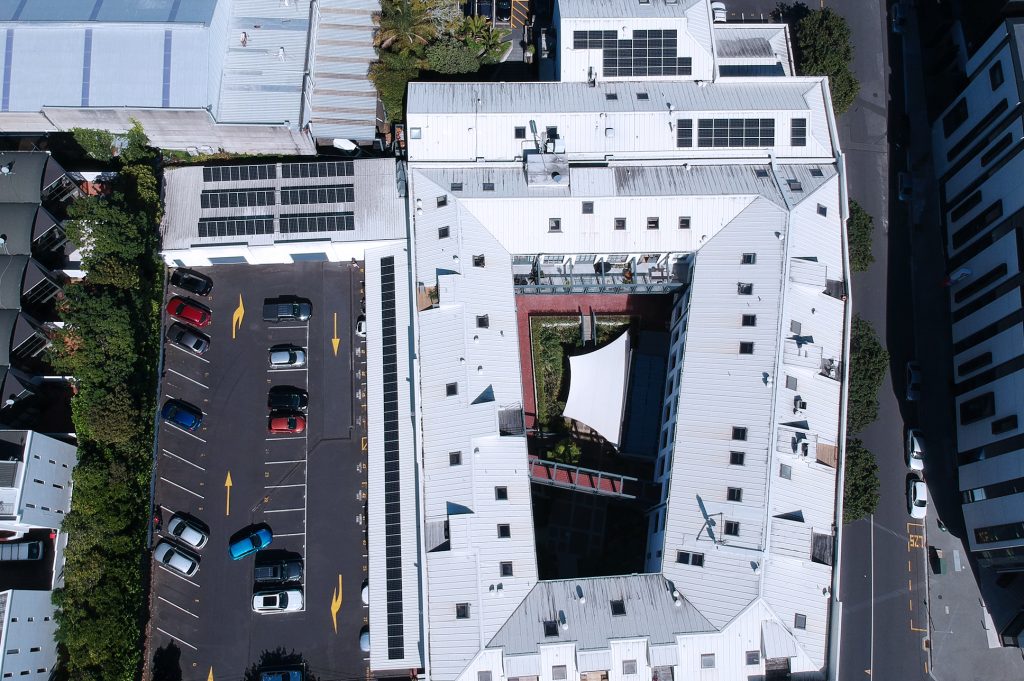
Total Installation Costs
On average, the total cost of installing a solar panel is around $9000, with the average cost of a single solar panel (270W- 350W) is around $300. However, this figure can vary easily depending on your energy consumption level. At large, energy consumption can be classified into three categories.
Low Energy Consumers: Low energy consumers are those who demand less energy by having only low-energy appliances. Typically, these consumers are very small households. For such consumers, an energy system that provides a power range of 270W to 290W would be best.
Average Energy Consumers: These consist of homes that need to power everyday appliances such as TVs, washing machines, etc., but don’t require energy backup. These are the most common type of consumers and their power demand in solar panels would normally range from 300W to 400W.
High Energy Consumers: These consumers range from large families with multiple heavy appliances to smaller-scale businesses that require high energy consumption to function. These types of consumers also benefit from the independence they receive from the grid system. Since high energy consumers would demand a great deal of power output from their panels, energy systems that exceed 400W output would be the most suitable for them.
Depending upon what type of energy consumer you may be, the cost of your solar system can be predicted. For low energy consumers, to meet their energy demand, six to seven solar panels with an output of 290W would be required, the total installation cost would be calculated below $8000. While for average energy consumers, to meet their total 300W demand, they would require to install around ten solar 300W solar panels, this would raise their total installation costs the range to $8000 to $11000; lastly, considering the high energy consumers who would require more than 400W of total energy output, (assuming to use 290W panels to reduce costs) installation of fourteen panels would be recommended, henceforth the total installation cost is expected to reach the $11000 mark.
These cost ranges depend upon certain factors, which include the type of solar panel used, the conditions of the installation space, and extensions to the solar energy system.
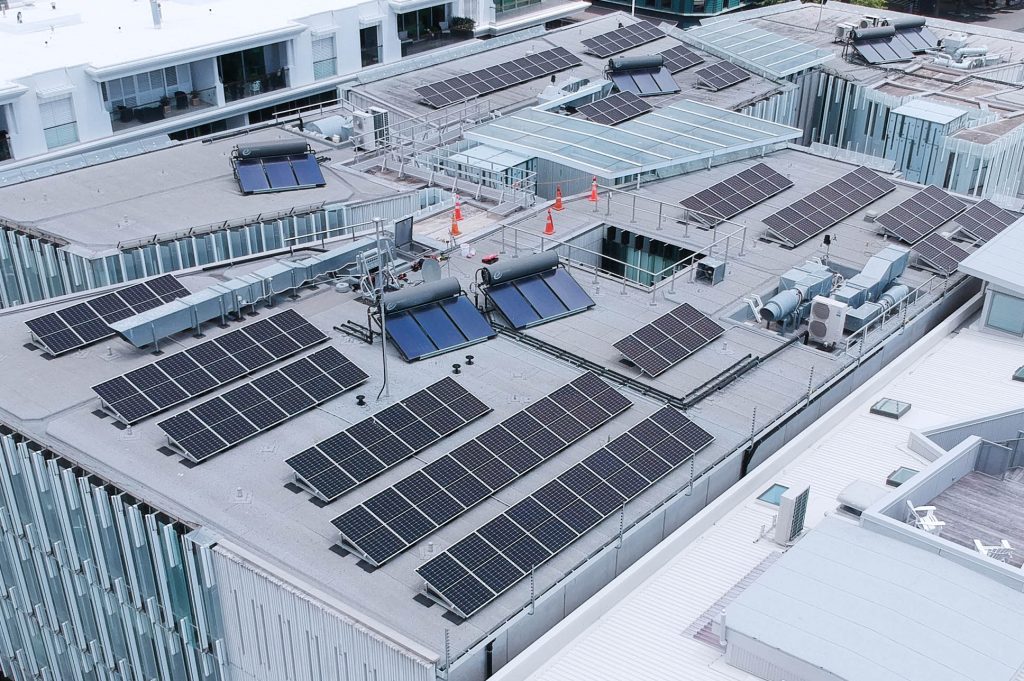
Type of Solar Panels
There are three main types of panels that exist; monocrystalline, polycrystalline, and thin-film panels.
Polycrystalline solar panel
These are silicon-based panels and are one of the most economical solar panels due to which they are the most demanded and used panels in New Zealand. But they have their downfalls.
The major one is that their energy production is lower which means they have very low revenue per Kwh.
Monocrystalline solar panel
While monocrystalline panels are also silicon-based, they are a step up from polycrystalline panels in terms of their efficiency and have much larger revenue per Kwh.
Though their costs are much more steep, monocrystalline panels are 3%-5% more efficient than their counterparts and are capable of outlasting them by up 10 years.
Hence, while the installation may seem hefty monocrystalline panels tend to be more economical in the long run when compared to others.
Thin film solar panel
As the name suggests these types of panels are made using little semiconductor materials in order for them to be thinner than both poly and monocrystalline panels. They can be manufactured at a lower price but they fall short of inefficiency. But their main purpose isn’t to be highly efficient but to be used in unconventional places where typical silicon panels wouldn’t be able to operate such as curved spaces or on top of cars and handheld devices.
For the average user Monocrystalline solar panels are the most beneficial both in terms of cost and energy production. Even with high initial costs, these panels outperform in cost savings in the long run as their longer life and higher efficiency lead to lesser expenses.
At the same time, their higher production capacity can cater to a wide range of consumers as they can also be used in situations where spaces are limited yet energy demand is significant since they produce more energy for the same size of the panel of polycrystalline or thin-film panels.
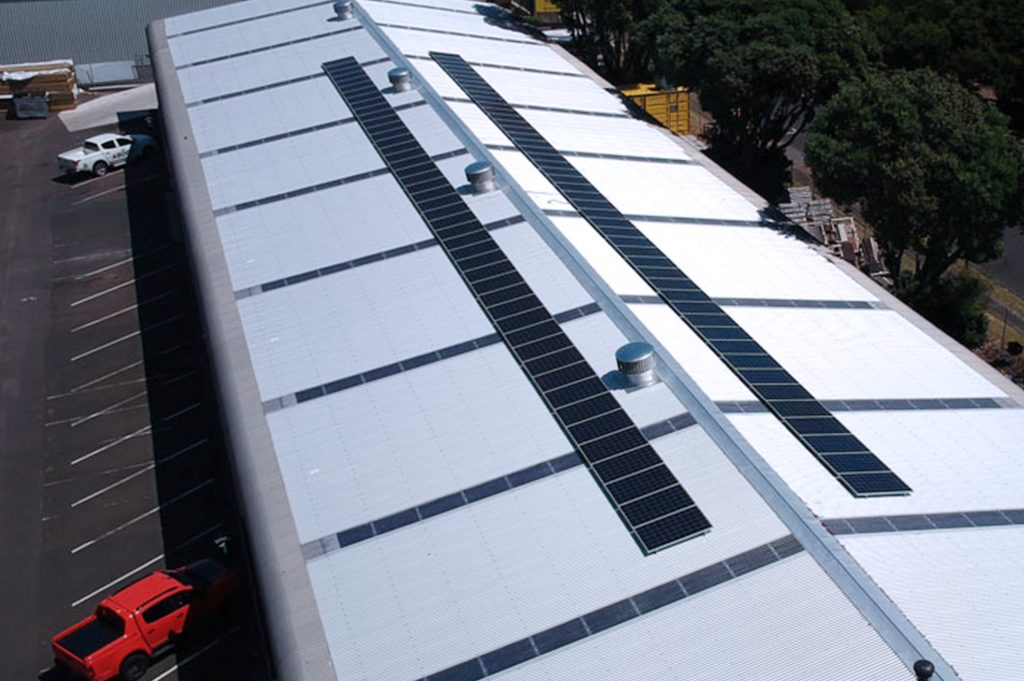
Pre-requisite costs
While depending on the situations there may be a vast amount of such different costs that may arise, the most commonly seen pre-requisite costs are
- Switchboard upgrade cost since older boards may not be configured to support solar systems or may be degraded.
- If the house already has analog-based electric meters, Digital meters will have to be installed since analog meters don’t support solar systems.
- Tilted mounts will be required so that the solar panels can be placed at an optimal angle. This may also require other mounting components for roofs that are tiled.
- Scaffolding for houses of two or more stories (This may depend on the space available).
Additional Costs
These costs are not compulsory since they are components and devices that enhance the user’s experience or bring additional benefits to the already existing or compulsory solar energy system. This is why these costs are also known as premium costs.
- Inverter Choice: Your choice of the inverter can affect the overall price of your solar energy system. In the case of a residential solar energy system, a standard string inverter is the best choice. String inverters are cheap and efficient, therefore perfect for residential purposes. Microinverters on the other hand are expensive to buy, require specific working conditions, and demand more electricity than string inverters. Therefore, to save money string inverters are preferable to others.
- Energy Storage: Those who require an energy storage unit will face higher expenses as they require solar batteries that can store energy for later use. On average solar batteries sold in New Zealand have a price range of $6000-$20000. This range is quite broad; lower-capacity batteries are cheaper than high-capacity batteries. Other than this, some solar panel systems such as Tesla Powerwall 2 have built-in storage systems which are why they cost more.
- Monitoring Systems: Not all solar energy systems include monitoring systems, but having one can bring user benefit by alerting the user of possible errors. However, some monitoring systems are too advanced and hence too expensive for residential purposes.
- Solar Diverters: Solar diverters are additional items for solar energy systems. The purpose of a solar diverter is to divert the excess solar energy generated towards a particular electrical device such as refrigerators, water heaters, etc. However, solar diverters will only be of use if the solar panels actually generate surplus energy, otherwise, diverters will only increase your price.
With all of these costs combined the average installation costs of a solar system for average energy consumers can easily cross the $9000 mark. With the use of proper information and research, customers can easily avoid the premium costs involved.
Payment Methods
Despite the drop in prices of solar panels, purchase of the entire solar energy system is not easy on the wallet. As mentioned above, the power demand, panel type, installation conditions and additional energy appliances can raise the total costs of installing a solar energy system.
To reduce the financial burden, many New Zealand solar companies have started offering different financing methods. Loans and installation payments with little interest of 3-4% are available for customers, henceforth customers can make their payments over ten years while also benefitting from their solar energy systems.
Trilect solar now provide solar PPA for our commercial clients. Solar PPA – power purchase agreement is a financial agreement where a developer arranges for the design, permitting, financing, and installation of a solar energy system on a customer’s property at little to no cost. Contact our team to learn more about this.
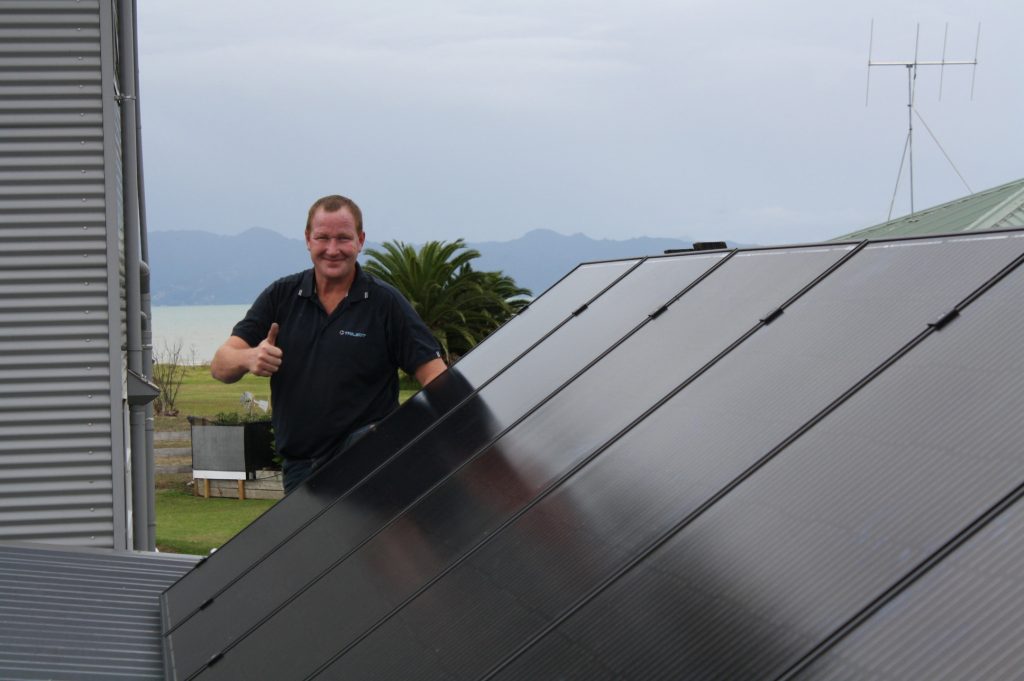
Is solar energy worth it?
In simple short words; yes, solar energy is worth investing in. As mentioned in the beginning, the world has started transiting from nonrenewable to renewable energy production, therefore, it is best to jump in on the trend, as once it is predicted that the use fossil fuel energy will become obsolete soon.
Going solar is quite easy and beneficial, with enough money anyone can buy a solar panel and produce their own solar energy. However, since solar energy systems are quite durable products, what also matters is making the most out of your investment.
These returns on your investment take the face of money saved from not having to pay utility bills and credit (in the case where on sends back energy to the grid). Receiving high returns on your solar energy systems requires considerable time and effort.
Although the decreasing price of solar panels plays a huge role in the decision-making process, thorough research regarding the panel specs, estimates regarding monthly savings, and time approximations for payback are necessary to receive the ultimate benefit from a solar energy system.
Once you have all the critical information and the best solar energy system according to your requirements, not only will you be able to receive back the money you spent on your energy system, but you may also receive additional returns as well!
Keywords: solar PPA, commercial solar, solar panels, Trilect Solar
ABOUT TRILECT SOLAR
Trilect Solar is a division of Trilect Services, New Zealand’s master electrician since 1997.
We are members of the Sustainable Energy Association of New Zealand (SEANZ) which offers additional peace of mind to our customers.
Trilect Electrical Services is a large electrical service company which is a member of the Master Electricians & Mastercraft network with 40 employees and a 20+ years history of customer satisfaction.
We do not use sub-contractors. All of the installations will be carried out by our experienced team.
Trilect Solar offers a customised energy plan that works for your home/ business.
Get started now by booking a free on-site consultation.
Request Your On-site Consultation
Or call us on 0800 850 888

